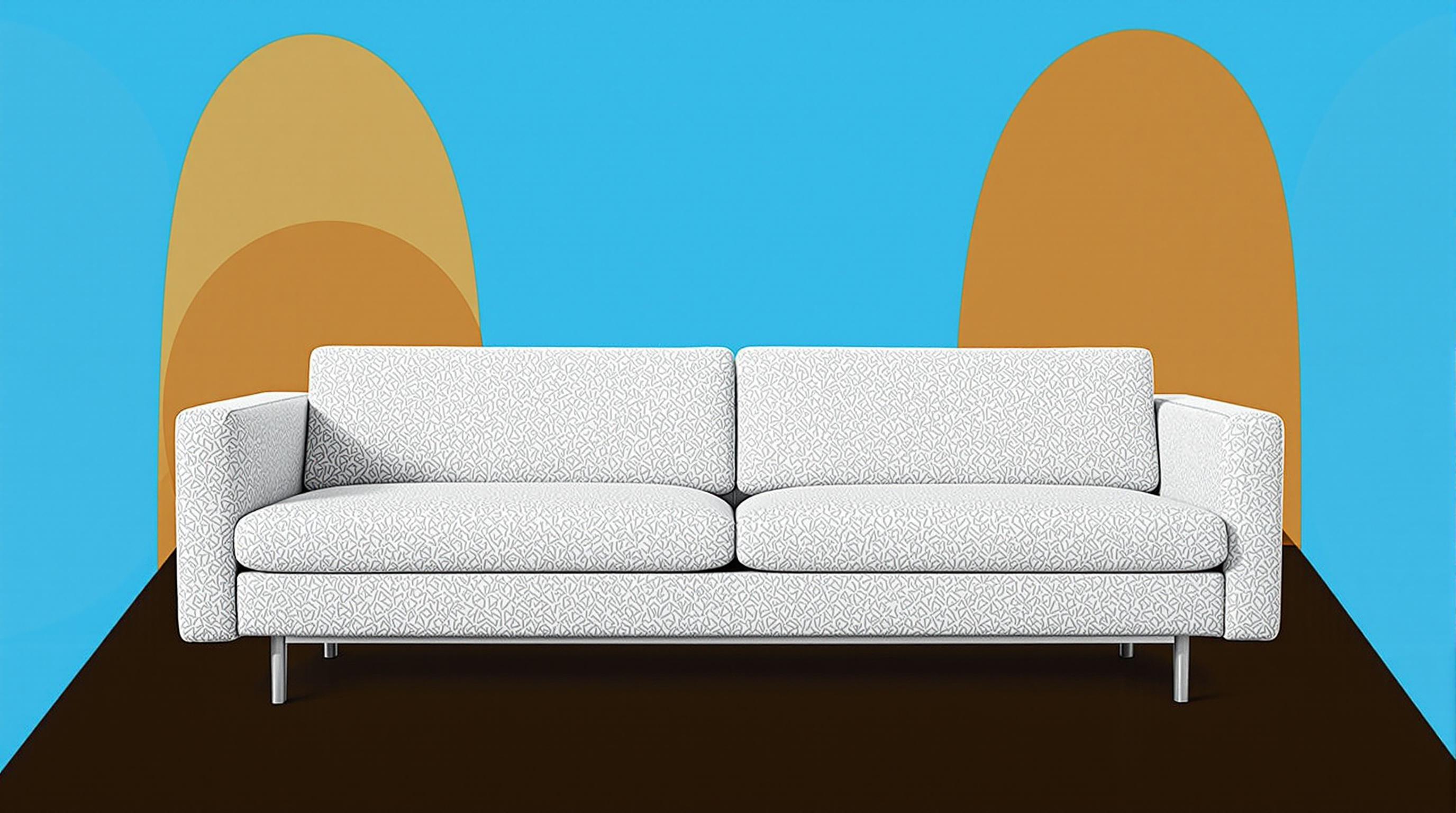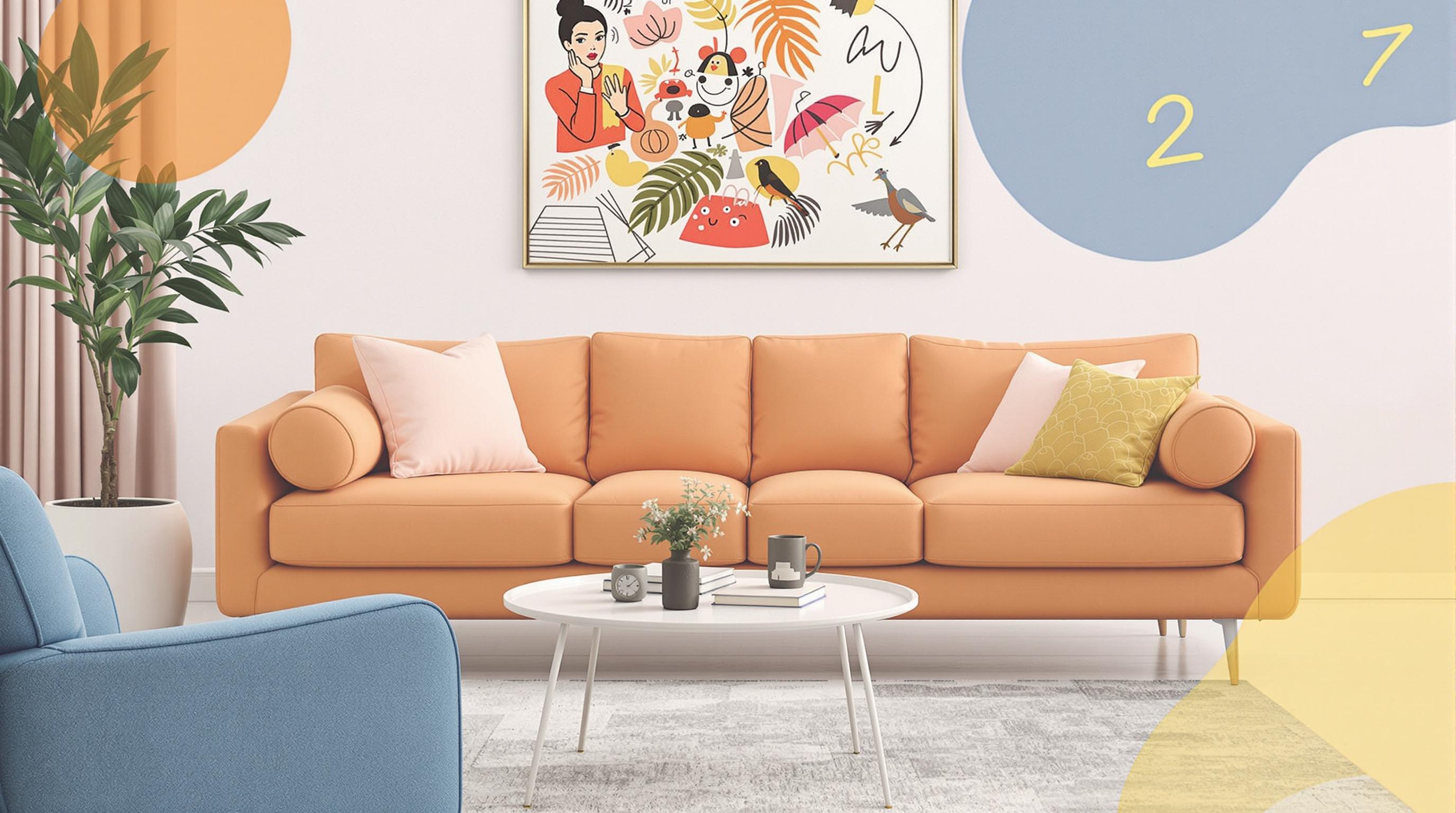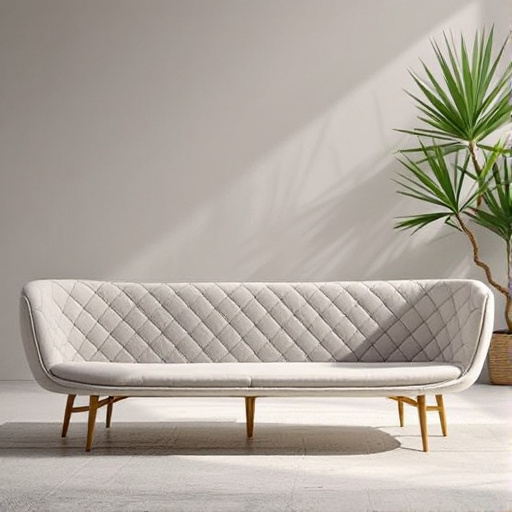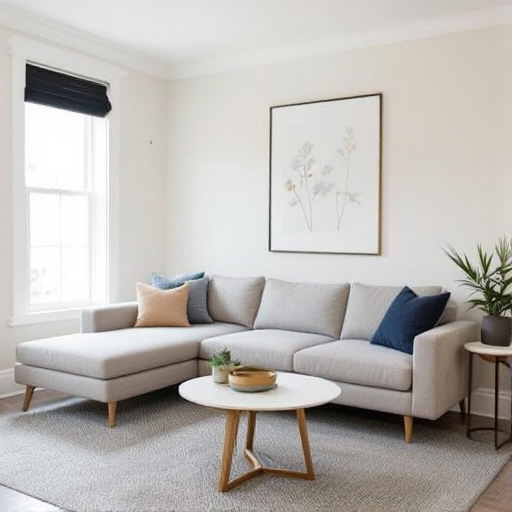Featured Articles
- 8 Essential Psychological Triggers to Consider When Choosing Furniture for Lasting Comfort and Style
- Embracing Minimalism: The Rise of Multi-Functional Furniture in Small Space Living
- "Exploring the Minimalist Movement: Furniture Choices That Speak Volumes Without Saying a Word"
- "Feng Shui Furniture: Can the Right Pieces Transform Your Energy Flow at Home?"
- "Furniture Feng Shui: Unveiling the Hidden Energy of Your Home Design Choices"
"Exploring the Minimalist Movement: Furniture Choices That Speak Volumes Without Saying a Word"
"Exploring the Minimalist Movement: Furniture Choices That Speak Volumes Without Saying a Word"
In a world saturated with material possessions, the minimalist movement encourages us to embrace simplicity, especially in our furniture choices. This article will delve into the essence of minimalism, explore how thoughtful furniture selection can elevate our living spaces, and offer actionable insights backed by statistics and real-world examples.
The Essence of Minimalism
Minimalism, often defined as the art of less, has gained remarkable traction across different cultures and lifestyles. Originating as a reaction to consumerism, it emphasizes quality over quantity and invites us to critically evaluate our belongings.
Statistically, a survey conducted by the American Psychological Association found that 63% of participants felt overwhelmed by clutter in their homes, leading to heightened stress and anxiety.1 By reducing our possessions to only the essentials and curating our environments, we can create spaces that promote tranquility and focus.
Why Furniture Matters
Incorporating minimalist principles into furniture choices not only enhances the aesthetic of a space but also contributes to a more intentional and calming environment. Furniture is often the centerpiece of any room, influencing both functionality and atmosphere. Think about it: a sleek, simple table can foster communal dining experiences, while a cluttered one may act as a barrier to connection.
Making Choices That Matter
When selecting furniture, consideration of design and utility is paramount. For example, Scandinavian design principles, which promote functionality and minimalism, have gained popularity worldwide. Designers like Hans J. Wegner have created pieces, such as the iconic Wishbone Chair, that maintain aesthetic appeal while being extremely functional. The Wishbone Chair, known for its elegant simplicity, combines comfort with art, exemplifying how a single piece can elevate an entire room.2
Lessons from the Past: A Brief History of Minimalism
To better understand the minimalist movement, let’s take a brief look at its historical roots. Minimalist art emerged in the 1960s as artists began to reject the extravagant styles of the past and instead focused on simplicity and purity of form. Influential artists like Donald Judd and Agnes Martin used basic geometric shapes and limited colors to convey their messages, thus laying the groundwork for minimalism in design and décor.3
Furniture Choices That Speak Volumes
1. **Furniture Made from Natural Materials**: Consider furniture crafted from wood, stone, or metal, which often bring warmth and a sense of grounding to a space. A sustainably sourced walnut dining table can serve as both a functional piece and a conversation starter—its rich texture speaks volumes about quality and craftsmanship without needing excessive decoration.
2. **Multi-Functional Pieces**: In smaller living spaces, investing in multi-functional furniture can maximize both space and utility. Sofas that convert to beds or coffee tables with hidden storage capabilities illustrate how minimalism doesn’t equate to deprivation but rather encourages smarter living.
A Personal Story: From Chaos to Calm
Let me tell you my personal story. At the age of 29, I found myself in a cycle of constantly buying new furniture to refresh my living space. My apartment was filled with mismatched items that dictated my life rather than facilitating joy and comfort. After a spiritual retreat focused on minimalism, I came home determined to transform my living space. I donated 60% of my belongings and invested in key pieces—a soft neutral sofa, a simple wooden dining table, and a few plants. The difference was striking; my apartment became a haven of peace, and I felt an overwhelming sense of freedom.4
The Psychological Benefits of Minimalism
Research has shown that a cluttered environment can trigger feelings of anxiety and chaos. A 2020 study published in the Journal of Environmental Psychology concluded that individuals living in streamlined, minimalist spaces reported significantly lower levels of stress compared to those surrounded by clutter.5 This phenomenon is not surprising given that our environments greatly influence our mental states.
Friends and Family React
After my transformation, family and friends began to notice. One friend mentioned how refreshing it was to step into a space that felt so open and inviting. “It’s like I can finally breathe here,” she said, a sentiment echoed by many who visited my once chaotic abode.
Economical Minimalism
Adopting minimalist principles doesn't have to break the bank. The misconception that minimalism is only for the affluent is a myth. Thrift stores, flea markets, and online marketplaces like Facebook Marketplace or OfferUp can provide amazing finds. A vintage chair can be reupholstered at a fraction of the cost of new high-end designs, letting you play into the minimalist ethos and save money simultaneously.
Case Studies: Brands Leading the Way
Several brands have successfully embraced the minimalist philosophy in their furniture lines. For instance, IKEA has revolutionized affordable minimalist furniture with its clean lines, multifunctional products, and emphasis on Scandinavian design principles. The company has effectively combined style with practicality, making minimalism accessible to a larger audience.
Another notable mention is Muji, the Japanese retailer renowned for its simple, no-frills products that emphasize functionality and aesthetics. With items that range from clothing to home goods, Muji exemplifies how minimalism can permeate various aspects of life, offering consumers products that are as useful as they are beautiful.
For the Young and the Young at Heart
The minimalist movement is relevant for all ages. For teenagers living in shared rooms, a sleek, folding desk can maximize space and create a worry-free study environment. Meanwhile, seniors may find multi-functional furniture helps maintain independence by providing additional support in everyday activities while simplifying their living spaces.
Getting Started with Minimalism
Feeling inspired but unsure how to embark on your minimalist journey? Start small. Dedicate one weekend to decluttering— tackle one room or area at a time. As you go through items, ask yourself which pieces invoke joy and which do not. This process not only facilitates a minimalist lifestyle but is also profoundly therapeutic.
Conclusion: The Power of Less
Minimalism isn’t just about living with fewer items; it's about creating a lifestyle rooted in intentionality and clarity. By choosing furniture that speaks volumes without the need for excessive décor, we embrace a philosophy that fosters peace, mindfulness, and ease. Your space should reflect who you are, and minimalism provides a powerful framework for reimagining your environment, allowing for greater freedom and joy in everyday life.
As you consider your next furniture purchase, remember—every piece tells a story. Choose wisely, live intentionally, and let the power of less transform your space into a sanctuary.
In the words of renowned architect Tadao Ando, “The end of all our exploring will be to arrive where we started and know the place for the first time.” Embrace minimalism, and let your journey begin anew.
1 American Psychological Association (2020), “Clutter and Mental Health: The Effects of Decluttering on Psychological Well-Being.”
2 Smithsonian Design Museum (2021), “Hans J. Wegner: The Master of Danish Design.”
3 Artsy (2020), "An Introduction to Minimalism in Art and Design."
4 Personal experience of a 29-year-old minimalist.
5 Journal of Environmental Psychology (2020), “Clutter and Psychological Distress.”




